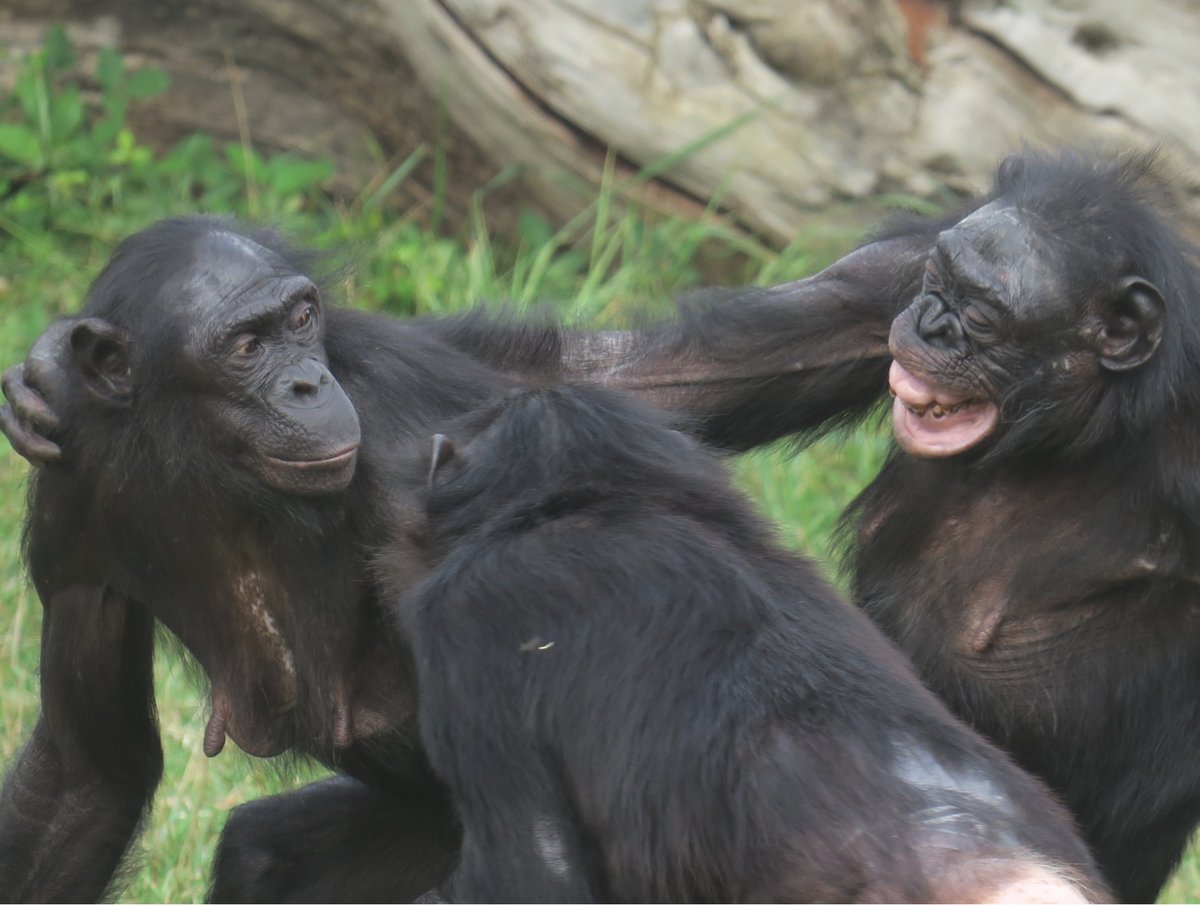Foundations of human joint action
Time
Tuesday, 6. September 2022
14:00 - 15:00
Location
ZT 702
Organizer
Kano Fuhimiro and Prasetia Putra
Speaker:
Dr Raphaela Heesen, Research Associate, Durham University
Humans supposedly evolved a special “cognition for interaction” that enabled the engagement in sophisticated joint action and thus paved the way to language. To identify its evolutionary origin, comparative studies strived to experimentally test such capacities in nonhuman great apes, with the most prominent message being that apes lack the critical ingredients for joint action. While humans excel at communicating intentions and emotions in working towards shared goals, great apes appear to struggle with emotion control and mainly interact with egoistic motives. But these findings are interpreted in the light of a definition of joint action that is human-centered and overintellectualized. Moreover, they rely on human-instigated laboratory experiments and fail to account for the affective and intentional processes that naturally enable coordination. In this talk, I will try to shift our attention towards a more continuous and species-agnostic joint action framework that considers both affective and intentional dimensions. In using this approach, I will show that great apes engage a palette of skills to effectively coordinate joint action. This includes the communication to establish, maintain and dissolve joint activities, communication to repair unclear signals, and the tactical communication of emotional distress when jointness is lost. I discuss the implications of this new approach for current theories on human joint action and language evolution, with the intention to inaugurate an updated, empirically informed debate on the shared Pan-homo interaction ethology.
Dr Raphaela Heesen is interested in the evolution of the human interaction apparatus, including various joint action capacities (e.g., joint commitment and repair), as well as specific communicational and emotional skills. To address the evolutionary origins of these abilities, she employs a comparative approach, in which she assess similarities and differences in the process of social action coordination in humans and great apes (particularly chimpanzees and bonobos). Her approach mainly implies observations in natural settings, but she also design experiments to implement specific manipulations to study eye gaze, emotion expressions and perception, as well as cooperative decision making.

